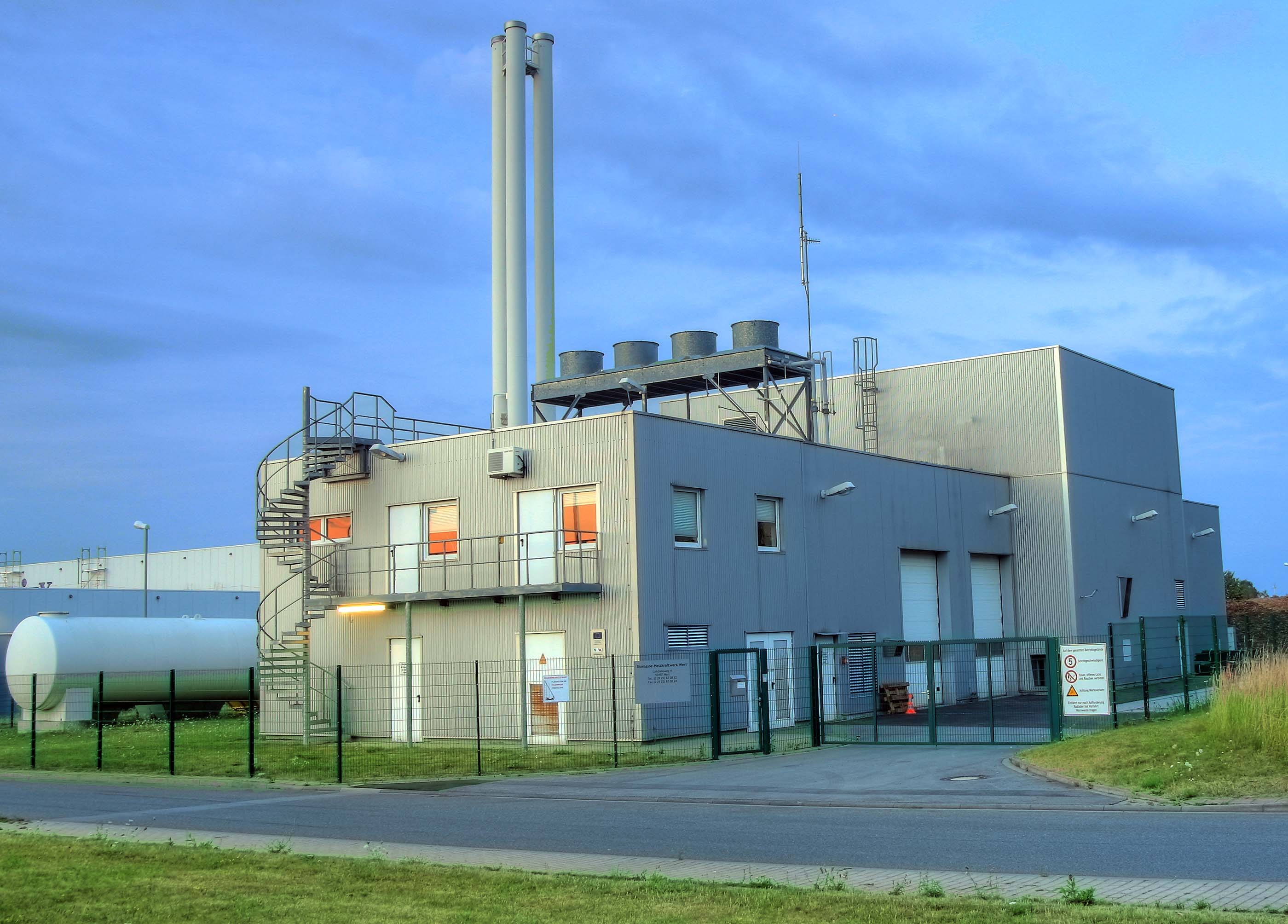Introduction to Bio-Energy
Bioenergy is produced from a variety of organic materials, called biomass, such as wood, charcoal, dung and other manures for heat and power production, and agricultural crops for liquid biofuels. Most biomass is used in rural areas for cooking, lighting and space heating, generally by poorer populations in developing countries.
Modern biomass systems include dedicated crops or trees, residues from agriculture and forestry, and various organic waste streams.
Energy created by burning biomass creates greenhouse gas emissions, but at lower levels than burning fossil fuels like coal, oil or gas. However, bioenergy should only be used in limited applications, given potential negative environmental impacts related to large-scale increases in forest and bioenergy plantations, and resulting deforestation and land-use change.

